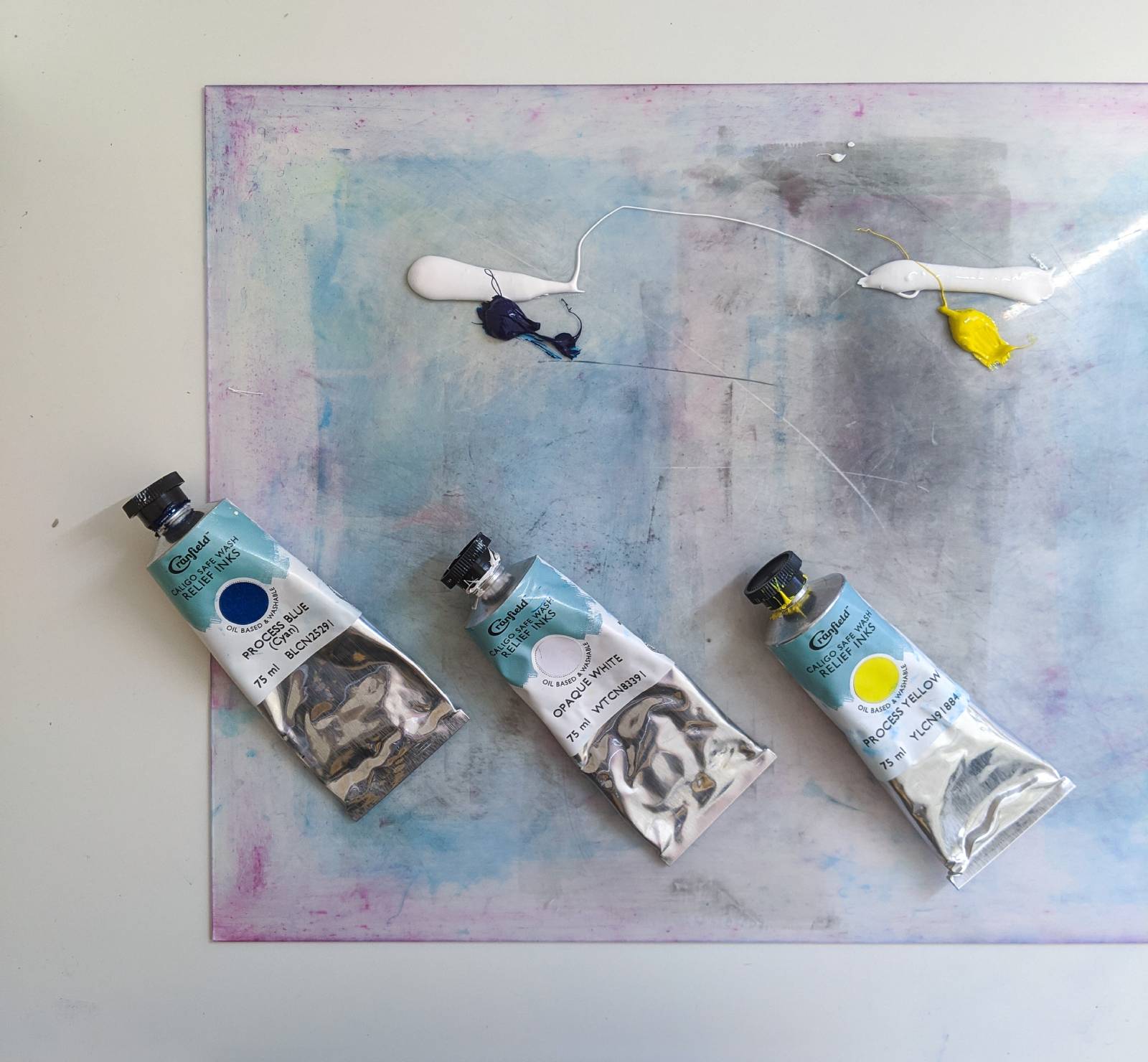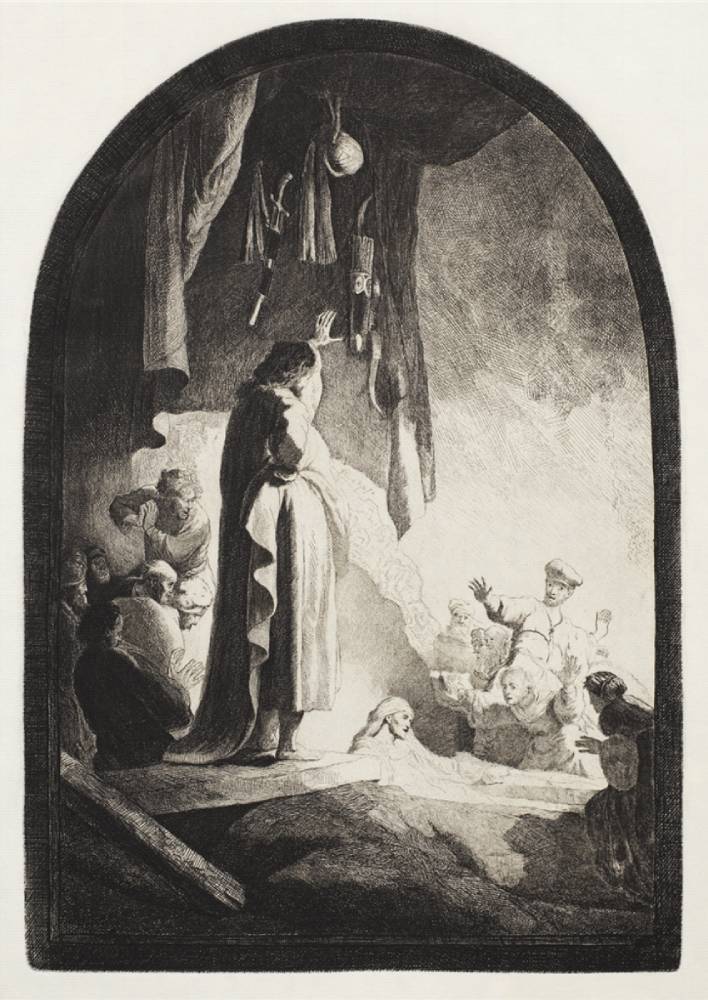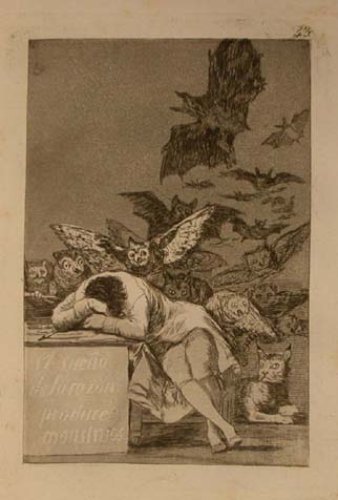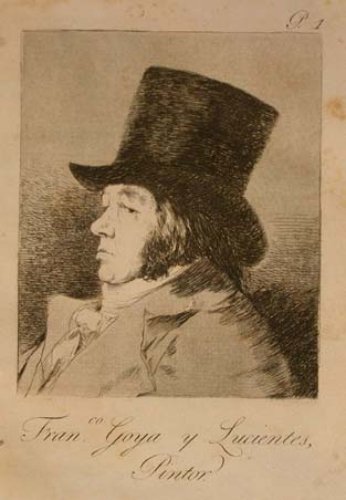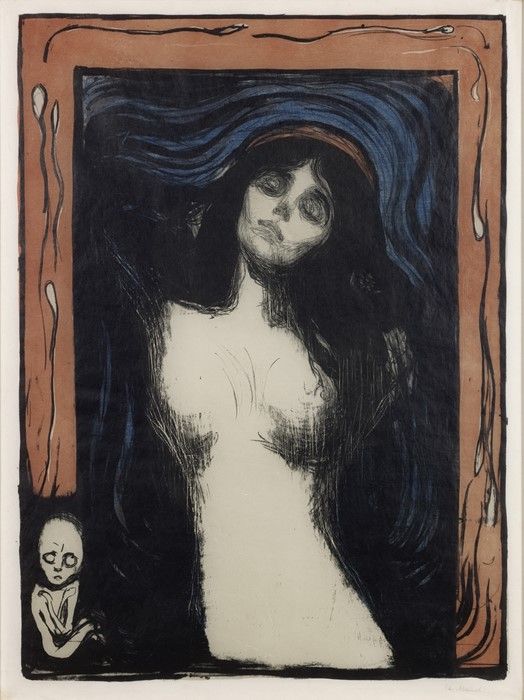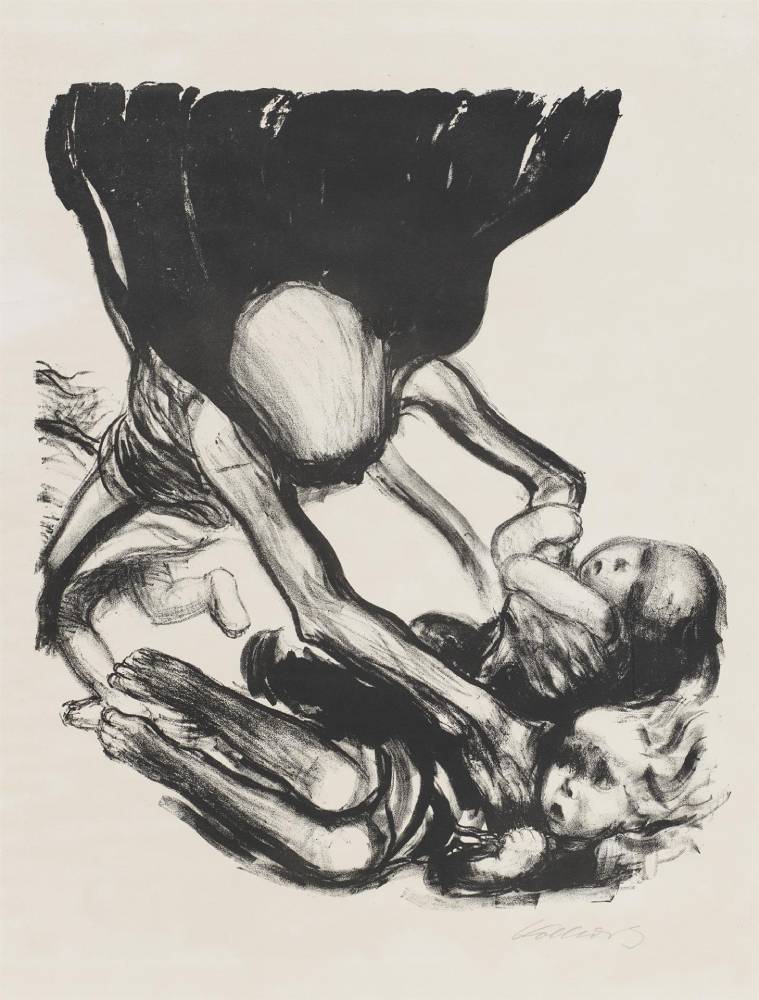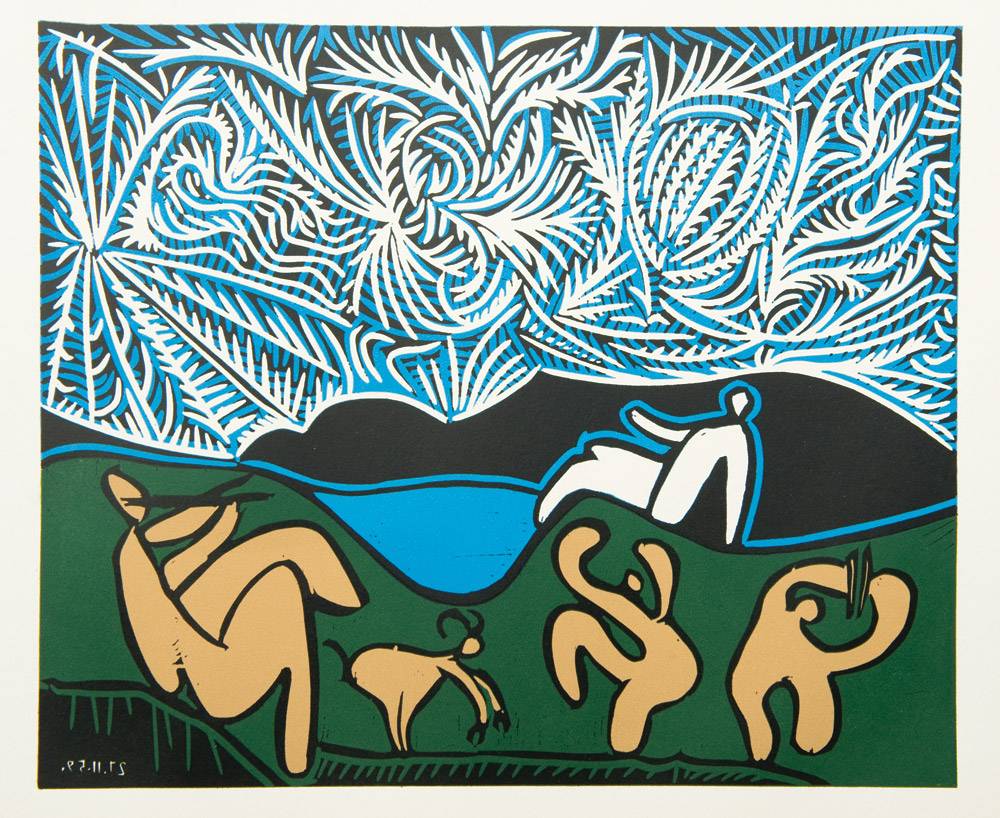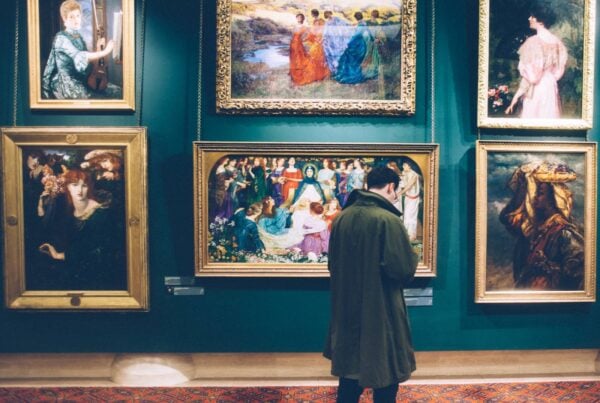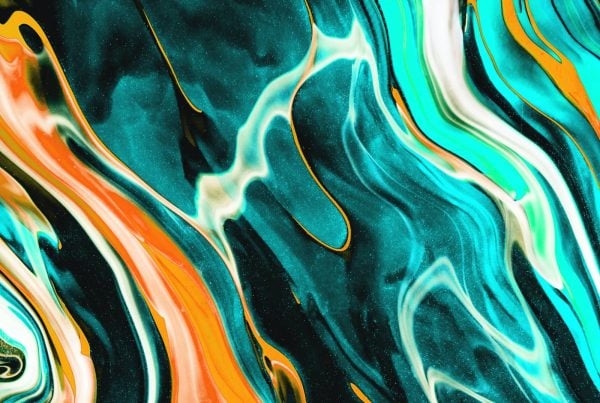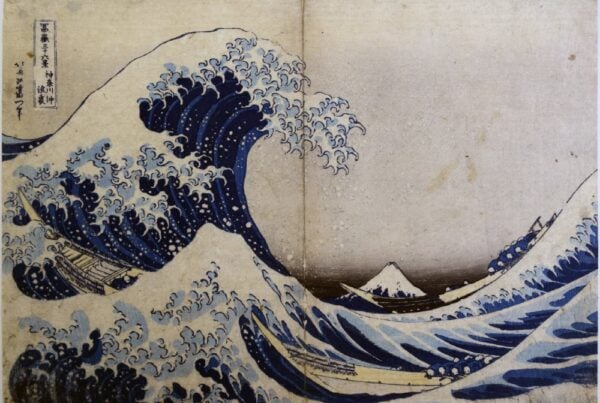Article commissioned by Hickman Design, Author – Dunja Karanovic
In a wider sense, printmaking has been part of our visual culture for centuries, but fine art printmaking as we know it today arguably starts in the 15th century. Largely due to the invention of the Gutenberg press, but also due to the shifts in our understanding of art and the artist, fine art printmaking started developing more rapidly during the Renaissance.
As most techniques require a certain amount of skill, patience and hard work, a lot of the time artists weren’t the ones controlling the entire process of printing an edition. Before digital printing was available, taking your sketch to a printmaking studio was the only way to have it reproduced, and not everyone was interested in carving wood blocks or preparing zinc plates. However, some of the most inspiring artworks in printmaking history were executed by the artists themselves, and it is their creative efforts and experimentation that brought us the tricks of the trade we know and learn today.
In this article, we will be covering some of the great masters of printmaking, and their contributions to the different techniques and movements starting from the Renaissance towards the end of the 20th century. In addition to this, we will also disclose pro tips for screen printing for beginners.
Table of Contents
Early Renaissance to Baroque – from Woodcut to Intaglio
The earliest form of printmaking used as a form of fine art was woodcut. It was developed in China and gained popularity in Europe in the 15th century. The first woodcuts were usually designed by an artist and prepared and printed by a number of artisans. Most often, the images represented scenes from the Bible, and as they became wide-spread and more accessible, the quality of the works started to deteriorate.
However, some of the best known single-leaf woodcuts (as many were created as book illustrations) in printmaking history belong to this period, and specifically, the German Renaissance. The most notable artists were Albrecht Dürer (1471-1528) and Lucas Cranach the Elder (1472-1553). Dürer is also known as one of the first artists to create engravings – the first forms of intaglio which brought a new, more sophisticated style of printmaking. Melancholia I, Adam and Eve, and Knight, Death and the Devil are some of his most breathtaking works in the technique.
In the 16th century intaglio took over from woodcut as the main form of printmaking in Europe, and many professional artists in Italy, Germany, England, etc, were learning and perfecting the techniques of etching, aquatint, drypoint alongside of their painting practice.
One of the great masters of intaglio, however, came from the Netherlands. Rembrandt van Rijn (1606-1669), famous for his self-portraiture and representing Biblical scenes with portraits of his contemporaries, perfected intaglio in a way which allowed it to evolve into the versatile technique we know today. Rembrandt experimented with different shading and tonalities, different types of paper and he was the first to make use of the excess ink in creating an atmosphere in his etchings.
Ukiyo-e – Japanese Traditional Woodblock Printing
While 17th century printmaking in Europe was all about lines and cross-hatching, a very colourful style of woodblock printing was flourishing in Japan. Japanese printmakers working in the Ukiyo-e genre used multiple woodblocks to print various colours and represent beautiful images of women, performance artists, landscapes, scenes from daily life, folk tales, myths and even erotica.
The greatest artists of ukiyo-e were Katsushika Hokusai (1760-1849) and Utagawa Hiroshige (1797-1858), their works greatly influenced the French Impressionists, and other European artists such as Vincent van Gogh and Paul Gaugin. One of Hokusai’s most well-known works is the iconic print Great Wave off Kanagawa, which is one of the few pieces from printmaking history which is recognized in pop culture. The print is part of a great series of colour woodblock prints entitled Thirty-six Views of Mount Fuji. Hiroshige is often considered one of the last masters of ukiyo-e; his prints from the portfolio Fifty-three Stations of Tokaido inspired many, and even led to the development of a style called Japonism in Europe.
The Long 19th Century – New Movements, New Techniques
Francisco Goya (1746-1828), whom we already mentioned for his politically engaged portfolio The Disasters of War (1810-1820), was a master of etching and aquatint. During his long career, he created many series of prints, such as The Follies (Los Disparates, 1815-1823) and Los Caprichos (1815-16) which represented his critical and pessimistic views of society through depictions of fantastical beings, monsters, scenes from dreams, as well as wars and disasters. Goya’s prints are some of the most exquisite examples of intaglio, with intricate details and delicate variations of tonal value.
The 19th century also brought with it the new possibilities of lithography and its uses in graphic design, posters and newspaper print. Due to the versatility of the technique in transposing the different qualities of drawing, painting and ink wash, there were many different styles of lithography at the time. Honoré Daumier (1808-1879) used the technique to multiply his political caricatures and satirical drawings, while Henri de Toulouse-Lautrec (1864-1901) created colourful posters depicting the vibrant and often decadent life of Parisian society. The symbolist, poetic lithographs of Odilon Redon (1840-1916) explored the values of darkness and light from his charcoal and pastel drawings.
20th Century Pluralism
Avantgarde art of the 20th century is famous for its many opposing movements, styles and manifestos, and printmaking also reflected this pluralism. While there were many great artists whose printmaking practices are worth mentioning, we will only cover a few.
Edvard Munch (1863-1944) was a Norwegian expressionist painter whose woodcuts and lithographs dealt with human emotion, often negative feelings, fear, sickness and mental health issues. His prints often featured the portraits of women, and the most notable examples are the lithograph Madonna (1898) and the colour woodcut Two Women on the Shore (1895).
Käthe Kollwitz (1867-1945) created some of the most exquisite works in woodcut/linocut, although she was well versed in all printmaking techniques. Her works dealt with the consequences and suffering caused by wars and conflict, which she depicted through striking portraits of women and children. Her early series Weavers and Peasant War consisted of aquatints, etchings and soft grounds; the most iconic portfolio War (1922) was a series of woodcuts, and her last major portfolio was the series of lithographs entitled Death Cycle.
Pablo Picasso (1881-1973) tried out almost all artistic genres and techniques during his long and fruitful career, and his printmaking oeuvre is no exception – he created over 2,000 prints during his lifetime, in a variety of techniques. Some of the most captivating examples are his colourful linocuts (Bacchanal with Goat, Bust of a Woman) and the Vollard Suite, a series of 100 etchings commissioned by Ambroise Vollard during the 1930s.
Contrary to Picasso’s bold lines, Giorgio Morandi’s (1890-1964) etchings were all about subtle nuances and interplay of cross-hatching and light. The Italian painter and printmaker created his own intimate, understated poetic world of vases, bottles and beakers, putting all of his creative energy and curiosity into still life. Each of his etchings is like a visual essay on the poetics of the mundane.
Pop art & Silkscreen Printing
Silkscreen Printing became popular during the 1960s thanks to American artists who belonged to the Pop art movement. The possibilities of raster graphics and neon colours fit perfectly with the values and ideals of pop-artists – opposing the elitist themes of academic art and representing popular culture – the kitsch, the politics, the advertisements, design and branding.
Roy Lichtenstein (1923-1997) made colourful silkscreen prints inspired by the style of comic books, while Robert Rauschenberg (1925-2008) used the technique to print photographs and magazine cut-outs onto a canvas, which he later painted over in the manner of abstract expressionism.
Roy Lichtenstein – Wham – 1963
Andy Warhol (1928-1987) used silkscreen printing to create some of his iconic images of celebrities and politicians, as well as some of the objects which shifted the way we think of art today, like the famous Brillo Box in 1964. His portraits of Marilyn Monroe, Elvis Presley and Queen Elizabeth II popularized both screen printing as a technique and the pop art movement.
There are, of course, many other artists who greatly contributed to the history of printmaking, and this list is by no means extensive. In case you are looking to further expand your knowledge about some of the great masters of printmaking, here are a few more suggestions: Israhel van Meckenem, Giovanni Benedetto Castiglione, Giovanni Batista Piranesi, William Blake, Camille Pisarro, Henri Matisse, Paul Gaugin, Ernst Ludwig Kirchner, Otto Dix, Georg Grosz, Li Hua, Henry Moore, Mary Cassat, Leopoldo Mendez, Jiri Anderle, Ethel Gabain, and many others.
The story of printmaking doesn’t end here, and if you are interested in finding out more about some more recent printmaking practices, check out our other article on contemporary printmakers.
Further Reading:
- https://www.metmuseum.org/toah/hd/prnt/hd_prnt.htm
- https://www.tribecaprintworks.com/history-of-printmaking/
- http://www.visual-arts-cork.com/printmaking.htm
- https://www.metmuseum.org/toah/hd/wdct/hd_wdct.htm
- https://www.khanacademy.org/humanities/renaissance-reformation/xa6688040:printmaking-in-europe/xa6688040:printmaking-in-europe-c-14001800/a/printmaking-in-europe-c-14001800
- https://www.edinburghprintmakers.co.uk/our-future-home/present/blog-article/a-short-history-of-printmaking
- https://libguides.clarkart.edu/c.php?g=746777&p=5350320




